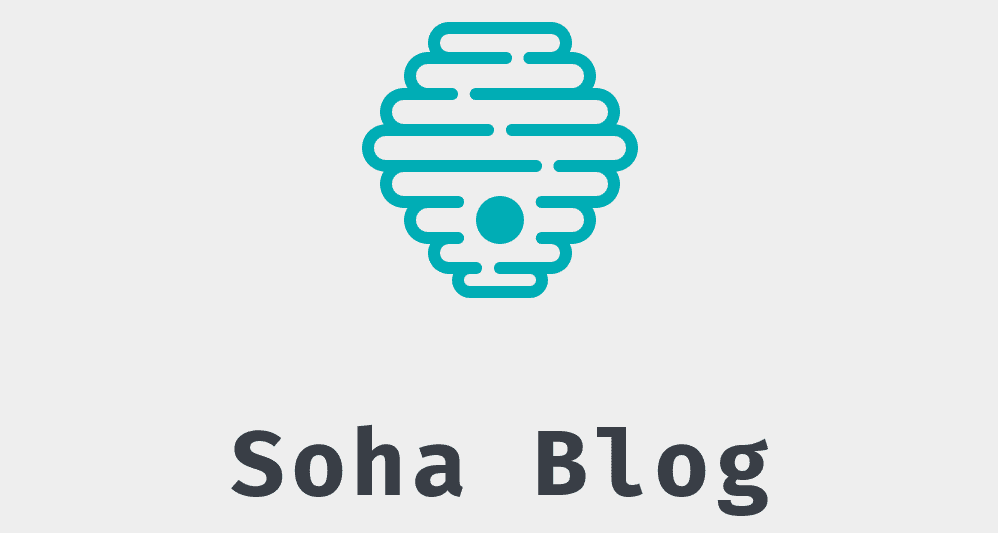New preliminary data from the Centers for Disease Control and Prevention (CDC) shows that more than one-third of people who could benefit from pre-exposure prophylaxis (PrEP) for HIV have received a prescription for the drug. in 2022.
Expanding PrEP use is a key part of CDC’s Ending the HIV Epidemic in the United States (EHE) initiative, which aims to cut HIV infections in the country by 90% by 2030.
PrEP has been available in the US since 2012, and its coverage has continued to increase in recent years. According to preliminary CDC data, 36% of people who could benefit from PrEP were prescribed it last year.
This represents a 12% jump in coverage since 2019, when the CDC initiative was launched.
About 1.2 million people in the United States could benefit from using PrEP, which reduces the risk of HIV infection by about 99% when taken as prescribed.
Groups that may benefit the most include those disproportionately affected by HIV: gay and bisexual men; transgender women; Black and Hispanic/Latino; Black transgender women; and people who inject drugs.
“Today’s data also shows progress in increasing PrEP use in most EHE jurisdictions, despite the unprecedented public health challenges that grantees face in this period with the COVID-19 pandemic and the mpox outbreak, which consumed significant resources when EHE efforts were just getting underway. “, the CDC said in a statement.
Jonathan Mermin, director of the CDC’s National Center for HIV, Viral Hepatitis, STD and Tuberculosis Prevention, noted ongoing outreach efforts to get the latest coverage rates.
“There have been many efforts from community-based organizations, from health departments, from the CDC and other federal agencies to expand the use of PrEP to those who would benefit, and in 2021, We have updated our guidance for providers to discuss PrEP with sexually active teens and adults. and provide preparation to anyone who requests it,” Mermin said.
From 2017 to 2021, the annual number of new HIV infections decreased by 12%. The widespread use of PrEP and HIV testing is believed to be responsible for this trend.
However, Mermin notes that the data also shows growing disparities when it comes to these important preventative medications. The groups that benefit the most have the least access to these drugs.
Disparities were observed between genders and races. Among white people, 94% of those who could benefit from PrEP received a prescription compared to 24% of Hispanic/Latino people and 13% of black people.
Between men and women, 41% of men who could benefit from PrEP received a prescription while only 15% of women who could benefit could say the same.
In 2022, people will also have access to a third option for PrEP for the first time: Apretude. This injectable form of PrEP is as effective as the two available daily oral forms, Truvada and Descovy, while being administered once every two months. According to Mermin, it’s unclear whether the addition of this option made a difference in insurance rates last year.
He added that efforts to combat the spread of HIV require resources and funding appropriated by Congress. Since 2020, Congress has consistently provided less than what the White House requested for the EHE initiative.
For 2024, the Biden administration has requested $850 million. The White House requested the same amount last year and only $573 million was allocated.
“For years, the president has asked for hundreds of millions of dollars more for the End HIV initiative and the national PrEP program. And that is several hundred million dollars more than what Congress ultimately provided,” Mermin said. “So we need to maximize innovation.”
“We need to increase investment if we want to continue to increase PrEP use and reduce some of the disparities we are seeing,” he added.
Copyright 2023 Nexstar Media Inc. All rights reserved. This material may not be published, broadcast, rewritten or redistributed.
#eligible #people #benefit #PrEP #HIV #disparities #persist
Image Source : thehill.com

